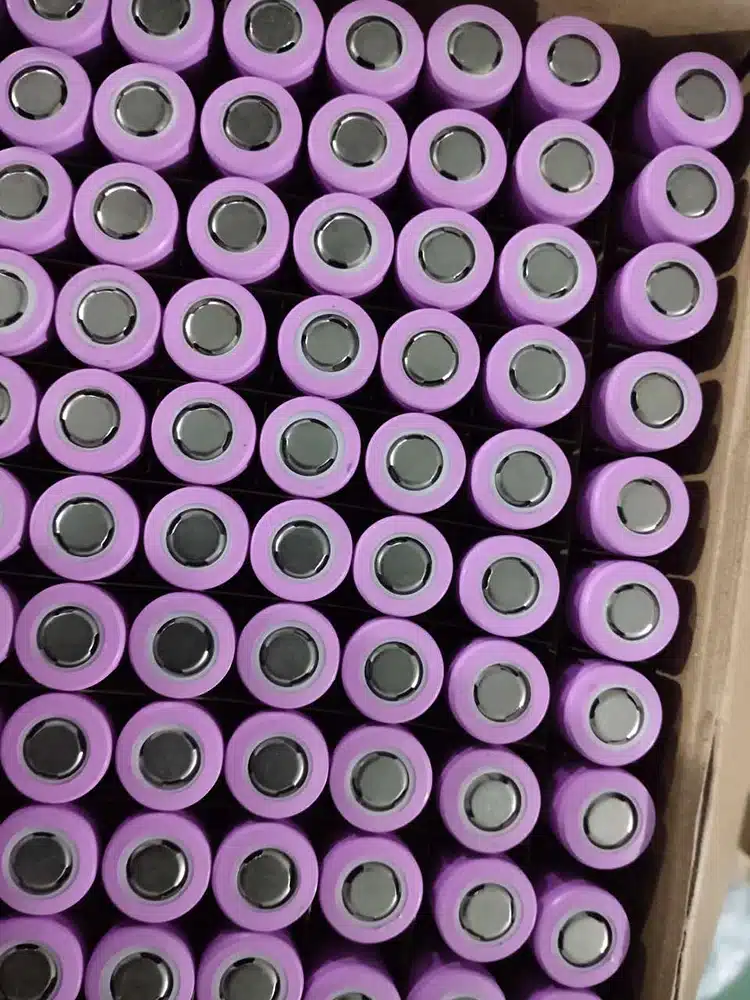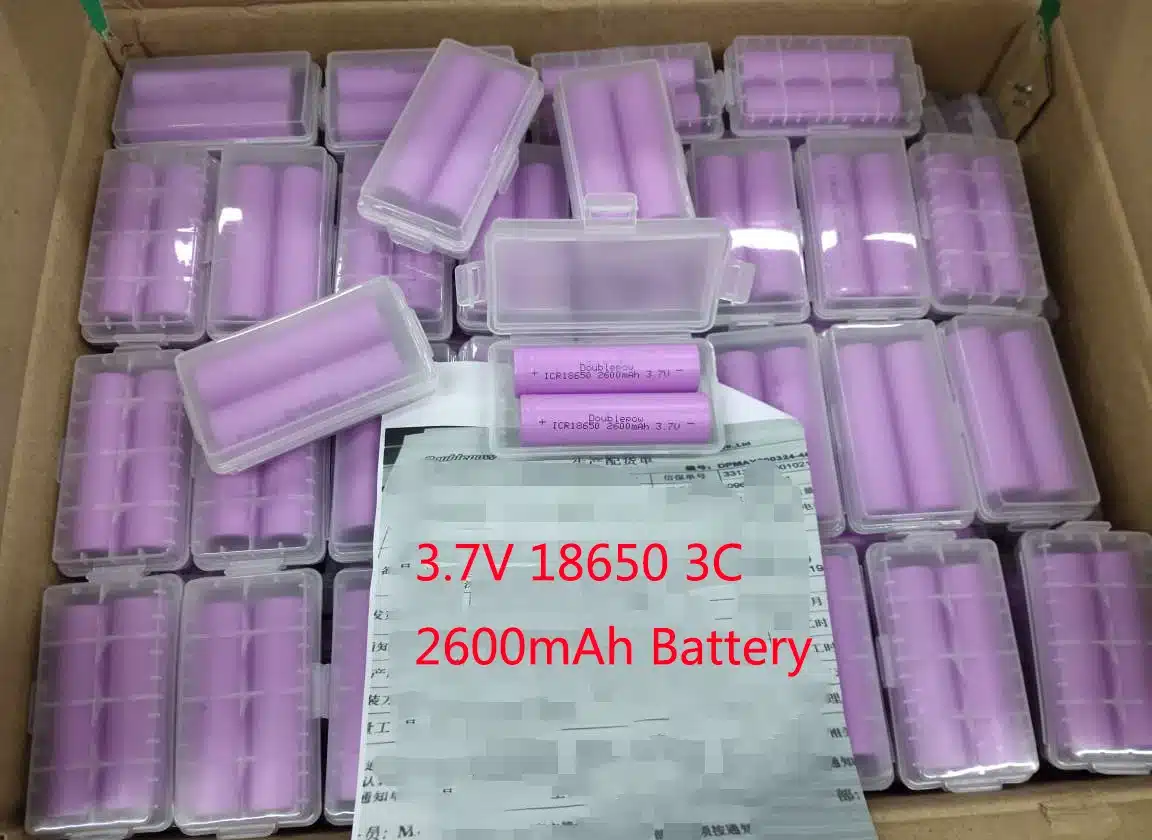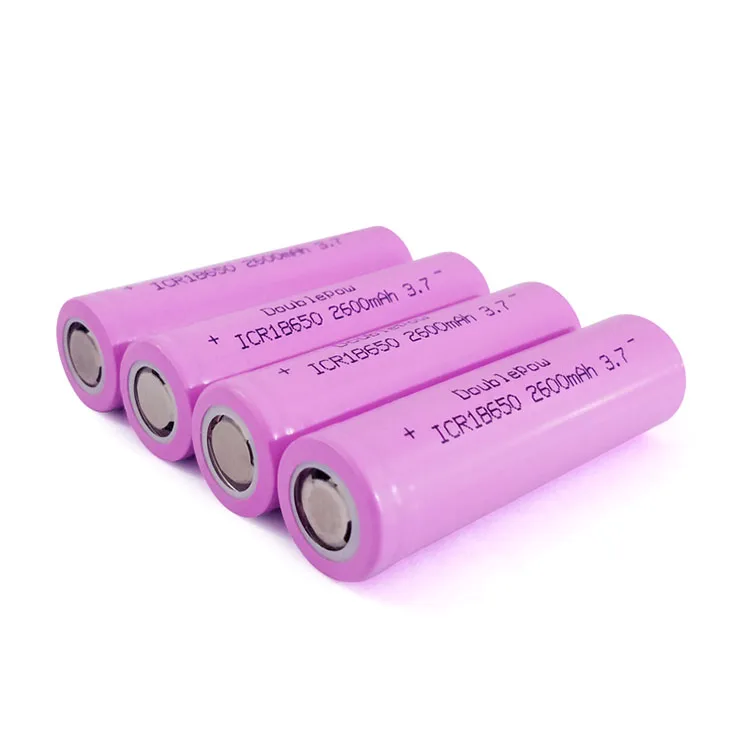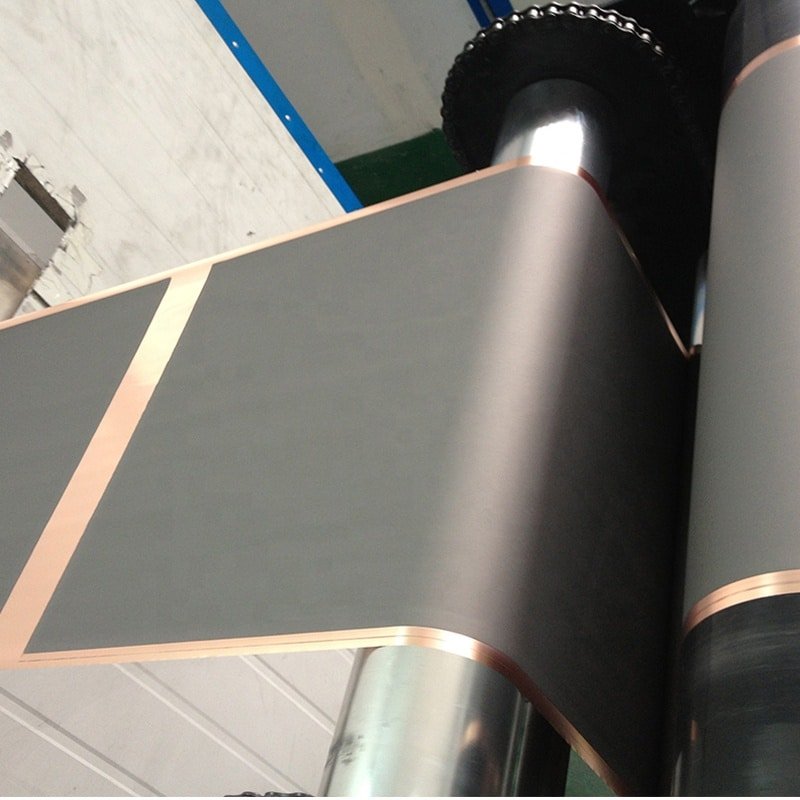Are lithium batteries considered “new energy?” If that term sounds vaguely familiar to you, lithium battery industry has gained immense attention lately and many friends are interested in knowing more. Today we will cover four primary materials used in lithium battery production?

The Four Major Materials of Lithium Batteries!
At present, lithium batteries consist of four primary materials. These materials include: ternary lithium metal phosphate iron phosphate lithium cobalt oxide oxide manganese oxide. 2, Introduction to the Four Major Materials for Lithium Battery!
1. Ternary Lithium
Ternary lithium batteries, commonly referred to as ternary polymer lithium batteries, consist of three raw materials – nickel, cobalt and manganese – mixed in various proportions with certain chemical additives to form finished products known as ternary lithium batteries.
Trinary lithium batteries possess several desirable characteristics that make them attractive as new energy vehicle battery options: high energy density and excellent discharge performance at lower temperatures; they’re often found installed in new energy vehicles with long endurance. Their safety is average compared to their counterparts installed within new energy vehicles – in 2022 alone 41% were fitted out first half.
2. Lithium Iron Phosphate
Lithium iron phosphate offers many advantages for lithium batteries: long lifespan, safety, low cost and superior discharge performance compared to its ternary lithium counterparts; at first discovery however it was considered the safest positive electrode raw material for these applications.
Statistics reveal that lithium iron phosphate batteries installed in vehicles reached 58% by mid-2022. Not only used as new energy vehicles but also energy storage equipment and small appliances.

3. Lithium Cobalt Oxide
Lithium cobalt oxide, more commonly referred to as LiCoO2, is one of the positive electrode materials for lithium-ion batteries and offers many advantages such as high working voltage, steady discharge rates, increased specific energy and good cycling performance. Unfortunately due to using rare metal cobalt as its key constituent material for manufacturing these batteries is prohibitively costly while cobalt materials’ stability deteriorates over time making safety compromised and the safety poor – two things lithium cobalt oxide batteries in particular offer several key advantages such as high working voltage, stable discharge rates during discharge cycles as well.
Lithium cobalt oxide batteries have become widely utilized within electronic devices like mobile phones and laptops.
4. Lithium Manganese Oxide

Lithium manganese oxide is an inorganic compound with many advantages including lower costs, greater safety, greater potential growth potential and zero pollution; making it an attractive replacement material to lithium cobalt oxide for cathode material use.
Lithium manganese oxide’s two most serious flaws – low energy density and poor cycling performance – remain undone; thus making lithium manganese oxide batteries widely utilized today in consumer electronic devices like mobile phones and laptops.
Raw materials used to manufacture lithium batteries come from four primary categories. At present, lithium iron phosphate and ternary lithium represent 97% market share among new energy batteries.



